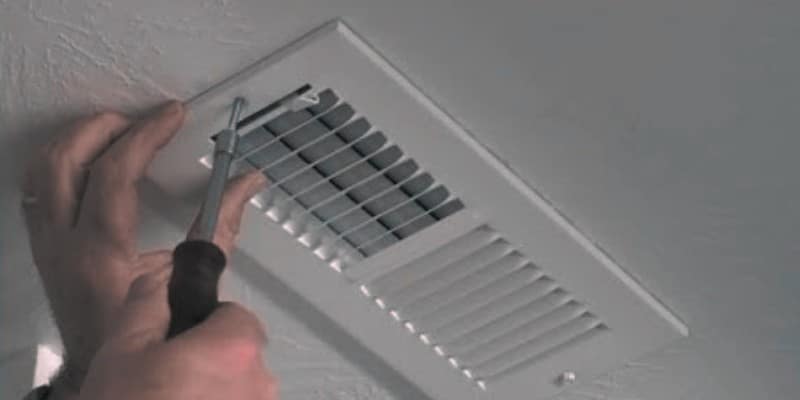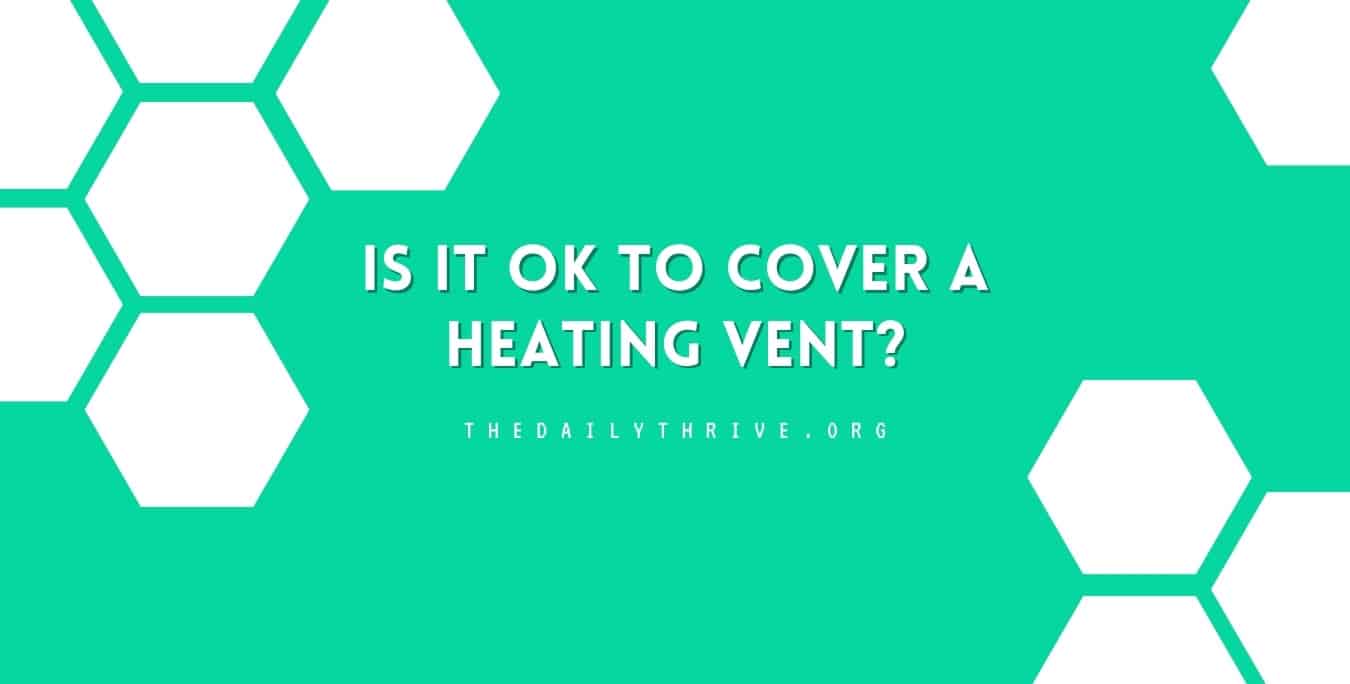When the wind howls outside in winter, we rely on our heating systems to keep our homes cozy and comfortable. Heating vents, a crucial component of these systems, often go unnoticed until someone suggests covering them. The idea raises a few eyebrows, whether it’s to redirect heat, block drafts, or purely for aesthetic reasons. Let’s dive into the implications of covering heating vents, weighing the pros and cons, and addressing safety concerns.
In every cozy home that shields us from the biting cold, heating vents play an unsung role. They’re often out of sight, quietly ensuring the warm air circulates efficiently. But what happens when we decide to cover these vents for aesthetics or misguided energy-saving efforts?
How Heating Vents Operate in Our Homes
Central to every HVAC system, heating vents control and direct the airflow. They’re strategically positioned to ensure even distribution of heat. This design isn’t arbitrary; it ensures that energy is utilized efficiently and that every corner of the home receives warmth.
Is Covering a Heating Vent Safe?
Whether part of a central heating system or standalone units, heating vents play a pivotal role. They ensure the efficient distribution of warm air throughout our living spaces. Before considering covering them, it’s essential to understand their function.

Covering or blocking these vents can impact the overall airflow of the heating system. When obstructed, the system has to work harder to maintain the desired temperature. This increased strain reduces the system’s efficiency and can lead to premature wear and tear.
Moreover, a covered vent can lead to an uneven distribution of heat. This might cause certain areas to be overly warm while others remain cold. Over time, this uneven heating can result in increased energy costs.
The Underlying Risks of Obstructing Vents
Covering a heating vent can lead to excessive heat build-up. This is more than a system issue; it’s a potential fire hazard, especially when flammable materials like curtains or rugs come into contact with a blocked, overheated vent.
A covered vent can make your heating system work overtime. The added strain can lead to malfunctions, decreased efficiency, and a shortened lifespan.
Blocked vents can become breeding grounds for mold and mildew due to trapped moisture. This affects your home’s air quality and can trigger allergies.
Is Covering Part of This Vent a Fire Hazard?
Safety should always be our paramount concern. Covering a heating vent might seem harmless, but it poses risks that many homeowners overlook. One of the most pressing concerns is the potential for fire.
When vents are blocked, the heat can’t escape as designed. This trapped heat can cause the temperature of the vent and surrounding materials, like carpets or curtains, to rise significantly. Some materials, especially flammable ones, can ignite when subjected to increased temperatures for extended periods.
According to a study by the U.S. Fire Administration, heating systems account for 15% of residential building fires. While not all these fires are due to covered vents, they are a stark reminder of the risks associated with mismanaging heating equipment.
Is It Possible To Save Energy By Covering Air Vents?
Some homeowners cover vents, believing it’s a shortcut to energy savings. The thought process is straightforward: block vents in unused rooms to redirect heat to other areas. However, this might need to be clarified.
HVAC systems, especially central ones, are designed to balance airflow across the home. When you block a vent, this balance is disrupted. The system compensates by working harder, leading to increased energy consumption. Additionally, the increased pressure from blocked vents can strain the system’s components, leading to potential breakdowns. Repairs or replacements, in the long run, cost more than any perceived short-term energy savings.
How To Cover A Heating Vent Safely?
While keeping vents unobstructed is generally recommended, there might be scenarios where covering a vent seems beneficial, like when trying to prevent drafts in rarely-used rooms.
If you must cover a vent, consider these safety guidelines:
- Use Safe Materials: Opt for materials specifically designed for vent covering. These are typically heat-resistant and pose a lower risk of ignition.
- Ensure Proper Ventilation: Never entirely block a vent. Ensure there’s enough space for some air to circulate, preventing overheating.
- Regular Checks: Frequently inspect covered vents. Feel for excessive heat or signs of wear on the covering material.
- Consult Professionals: Before making significant changes, consult with HVAC professionals. They can offer guidance tailored to your home’s specific system and needs.
If you need to control the heat in certain areas, consider safe alternatives:
- Specialized Vent Covers: There are products designed to cover vents without compromising safety. They allow for minimal airflow, ensuring the system isn’t stressed.
- Room Zoning: Modern HVAC systems can be zoned to heat specific home areas. This way, unused areas receive minimal heating without blocking vents.
- Maintenance Matters: Whichever method you choose, regular checks and maintenance are vital. Ensure vents are clear of obstructions and that the system operates efficiently.
Conclusion
Covering heating vents might seem simple, but it has consequences. The implications are vast and varied, from the risk of fire to increased energy costs. While there might be situations where covering a vent makes sense, it’s crucial to proceed with caution, armed with the right knowledge.






